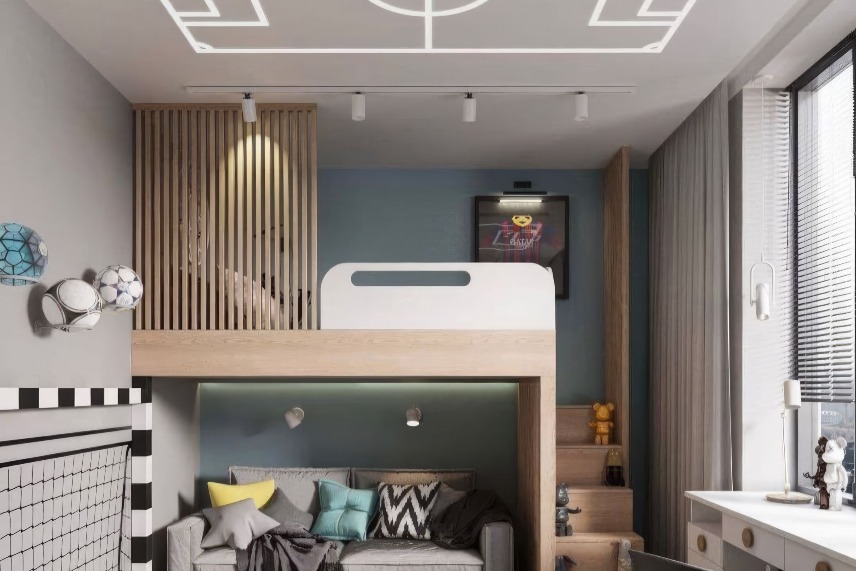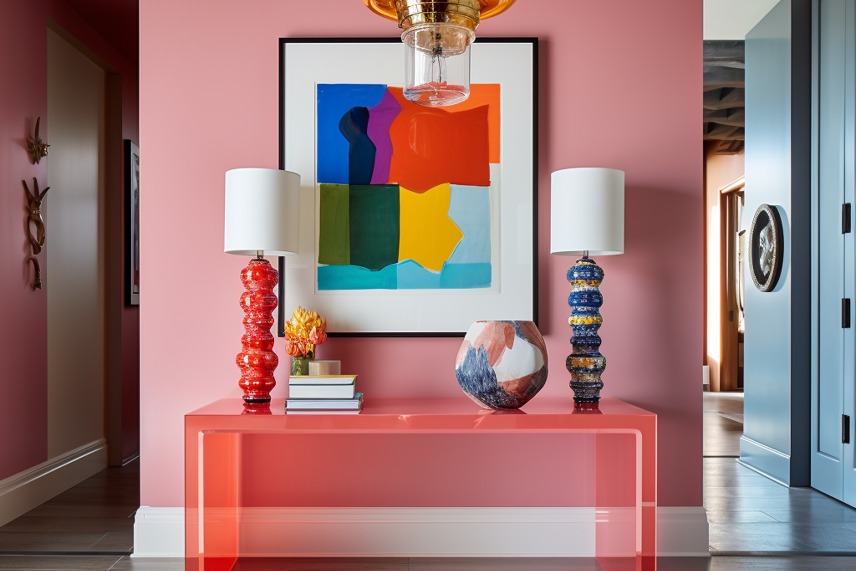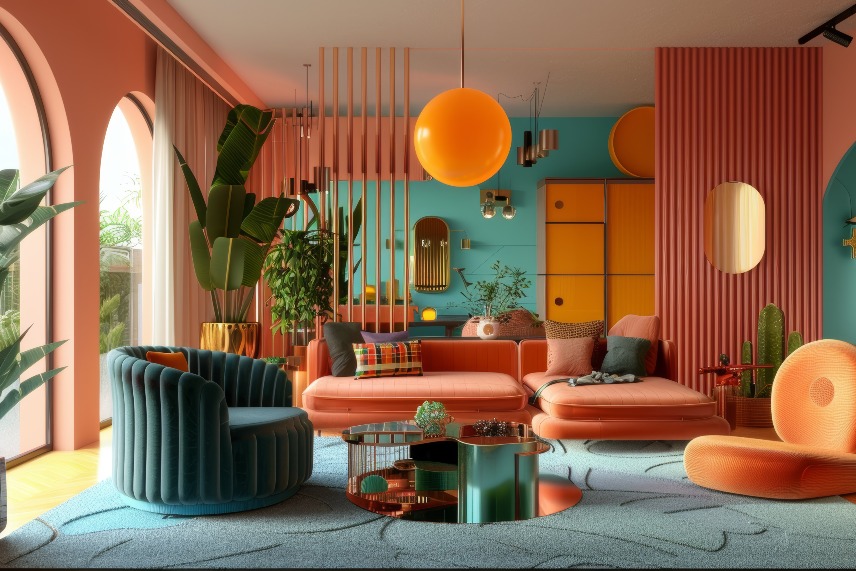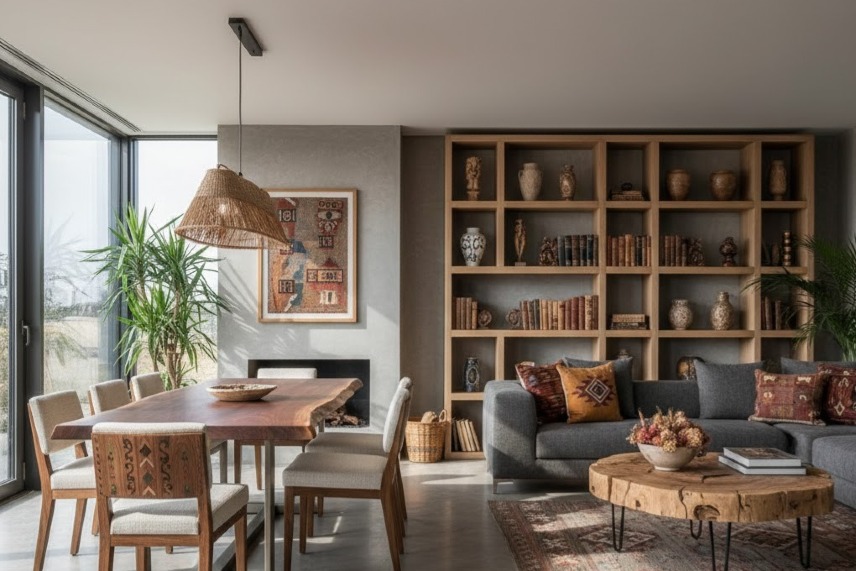- HOME PAGE
- / BLOG
BLOG
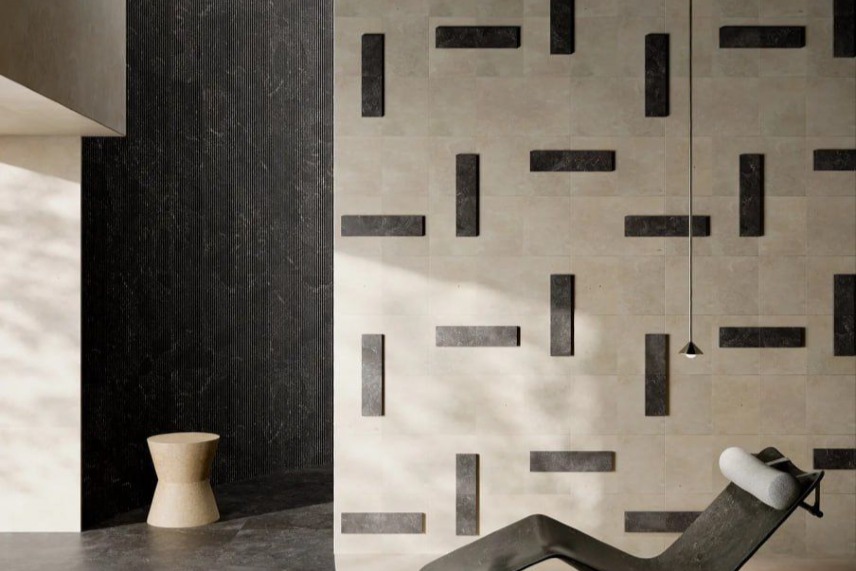
10 Design Concepts Leading Architecture in 2025
10 Design Concepts Leading Architecture in 2025
The world of architecture renews itself each year with new technologies, social needs, and a focus on sustainability. In 2025, this evolution continues without slowing down. As an interior architect, you are shaping not only spaces but experiences. This article gathers 10 design concepts expected to define architecture and interior design in the coming year.
1. Digital and Data-Driven Design (BIM, AI, Parametric Modeling)
Digital transformation will continue to dominate architecture in 2025. AI-supported tools and parametric design methods are becoming integral to the design process. This trend brings precision and speed from spatial organization to material selection. Early adoption of these tools positions you ahead of the curve.
2. Sustainability and Environmental Awareness (Natural Materials, Carbon Footprint, Green Building)
Sustainability is no longer optional—it’s essential. Natural and recyclable materials and low-carbon manufacturing techniques are becoming central. Designers are expected to balance aesthetics with ecological responsibility.
3. Wellness and Human-Centered Design (Wellness Architecture, Interior Experience)
Spaces are now designed not just for visual impact, but for mental well-being, comfort, and sensory experience. Features like natural light, biophilic design, and acoustic balance define wellness-oriented interiors.
4. Adaptive Reuse and Transformation of Existing Structures
Instead of new construction, 2025 brings a focus on transforming existing buildings. Adaptive reuse minimizes waste while preserving character. It’s about creating meaningful, functional spaces with heritage value.
5. Mixed-Use and Flexible Spaces
With changing urban lifestyles and remote work, spaces are becoming multifunctional. Interiors can now transform from living areas into offices or social zones. Modularity and flexibility are key.
6. Smart Technology and IoT Integration
Intelligent systems, sensors, and user-responsive technologies are shaping architectural interaction. Smart spaces are the new standard, merging functionality with technological fluency.
7. Biophilic Design and Organic Forms
Architecture is reconnecting with nature. Natural light, plants, materials, and organic forms—like curves and soft geometry—enhance harmony and wellness within interiors.
8. Local Identity and Cultural Context
While global standards rise, local craftsmanship and cultural sensitivity regain importance. Using regional materials and storytelling enriches design authenticity.
9. Micro-Living and Modular Design
Urban density and shifting lifestyles encourage compact, multi-functional living. Modular systems and convertible furniture maximize space efficiency.
10. Resilience and Climate Adaptation
Climate change and environmental stress push architecture toward resilience. Long-lasting, climate-adaptive designs will define the next era of sustainable architecture.


